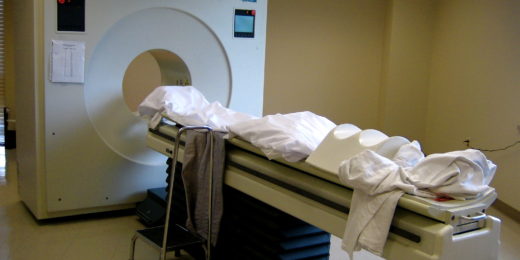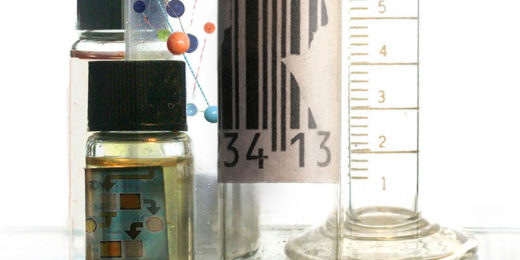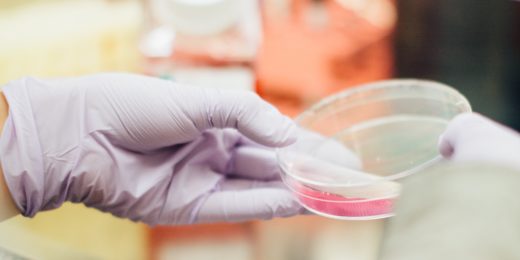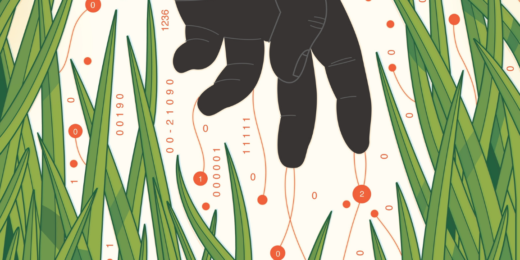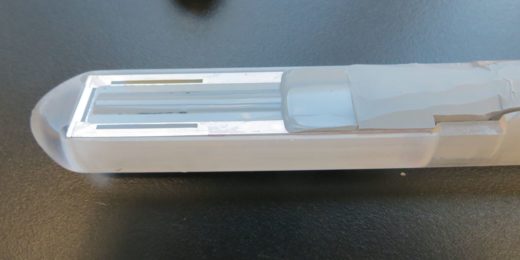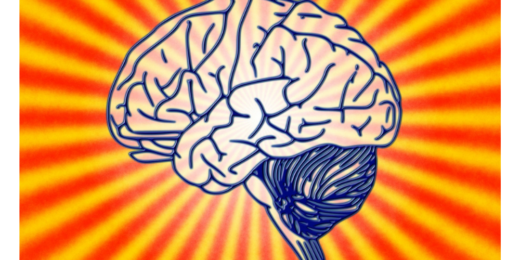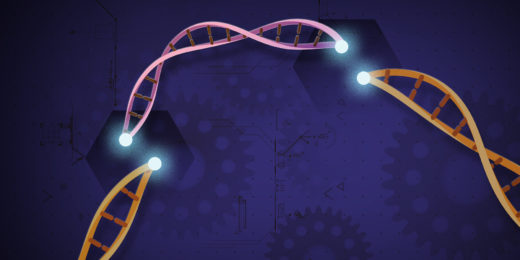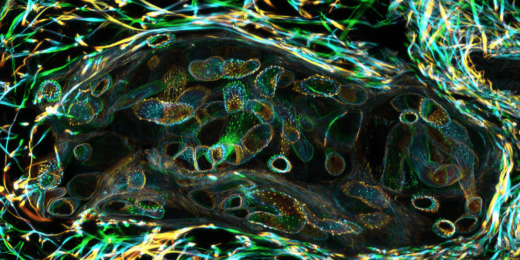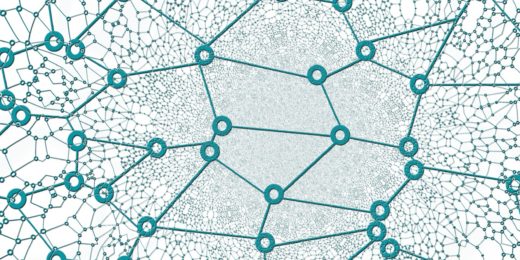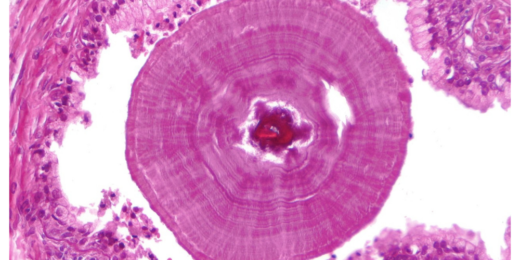Scientists at Stanford have developed a new PET scan tracer that flags both pancreatic cancer and a lung disease known as idiopathic pulmonary fibrosis.
Author: Hanae Armitage
Revamped biobank brings together clinical care and research
A new approach to biobanking that streamlines sample storage and processing is enabling Stanford scientists and doctors to pursue new lines of research.
Genetic takeover: How the bacteria behind Legionnaires’ disease use host cells
Scientists have used CRISPR-Cas9 screens to reveal more about how the bacteria behind Legionnaire's disease infects humans.
Medical device safety in the real world: Tapping EHR data
Researchers at Stanford are mining millions of de-identified patient records using machine learning to determine long-term safety of medical devices.
Is that blood test really necessary? AI could help decide
Researchers at Stanford have devised an algorithm that predicts how likely a diagnostic test, when repeated, will yield useful information.
“For the times when we don’t know the answers”: Stanford debuts digital consult service
Researchers at Stanford have created the ultimate consult, pulling from millions of de-identified patient records to better inform the health of others.
Prostate-imaging camera captures molecular detail to detect cancer
A team of Stanford scientists have devised a new imaging technology that harnesses ultrasound and photoacoustics to detect prostate cancer earlier.
Scientists zero in on cancer treatments using CRISPR
Scientists have used CRISPR-Cas9 gene editing technology to decipher the genes critical to the success of a type of cancer drug, antibody-drug conjugates.
“Turning down the volume” of a faulty gene in heart disease
Scientists at Stanford use a gene therapy technique, called RNA silencing, to treat a heart condition called restrictive cardiomyopathy in mice.
Father-son duo find genetic mishap behind rare white California poppies
A Stanford scientist and his son harness RNA sequencing to discover the genomic mutation behind the uncommon California poppy.
16 new gene-based abnormalities found to increase risk for autism
Stanford scientists have found 16 new genetic variants linked to a greater risk for autism, a finding that could help identify biomarkers for the disorder.
Gene essential to “hallmark” of ALS, identified
Scientists at Stanford have identified a gene key to the formation of a type of toxic protein in amyotrophic lateral sclerosis, a neurodegenerative disease.
CRISPR algorithm predicts how well gene editing will work
Researchers at Stanford have created an algorithm that predicts how likely CRISPR gene editing will yield off-target mutations.
Researchers harness basic and bizarre science to inform human biology and disease
Hundreds of Stanford scientists are studying what makes biology tick, from obscure molecular structures in the malaria parasite to flower-shaped sea squirts.
Social-network-like gene connections identified in heart failure
As a freshly minted undergraduate, Kristin Reese had a strange side hustle. With her trusty ice chest, Reese helped collect donor hearts for a research …
Why do prostates enlarge? Researchers look to genomics to learn more
Researchers discover a "genomic signature" that flags enlarged prostates, as well as two genes implicated in the development of the condition.


